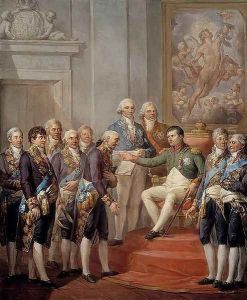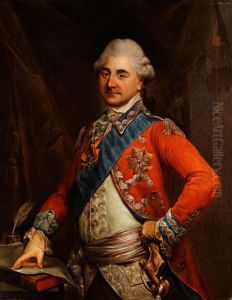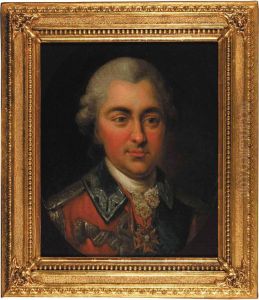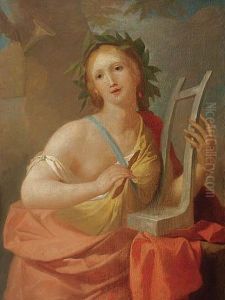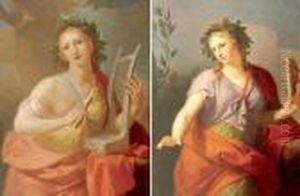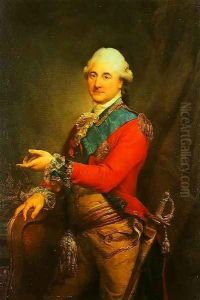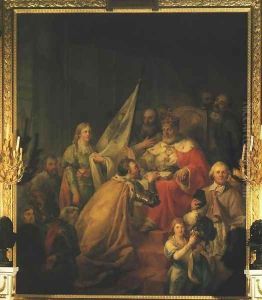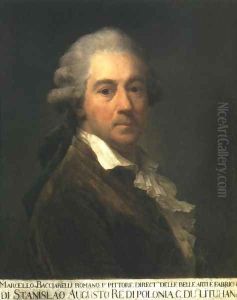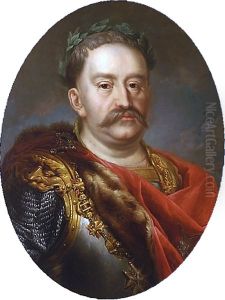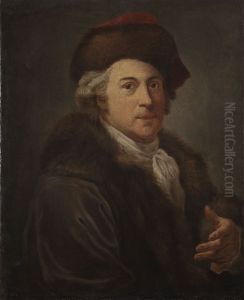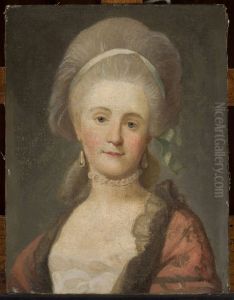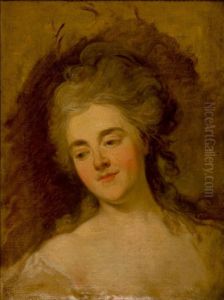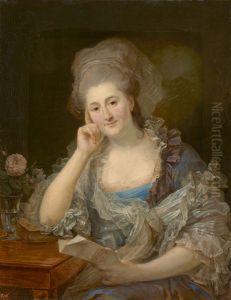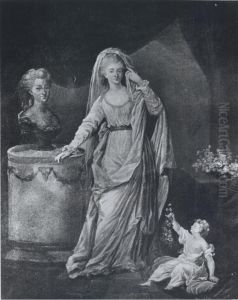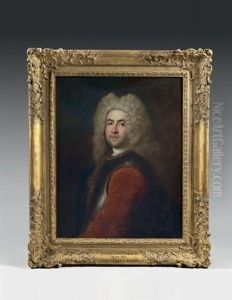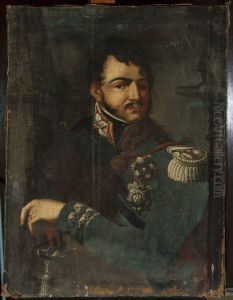Marcello Bacciarelli Paintings
Marcello Bacciarelli was an Italian painter who spent much of his career in Poland. Born on February 16, 1731, in Rome, Italy, Bacciarelli showed artistic talent early on and received his initial training in his hometown. He later traveled to Dresden in 1750, where he worked under the guidance of the court painter Louis de Silvestre. His time in Dresden was formative, allowing him to refine his skills and absorb the influences of the strong painting tradition present there.
After his stint in Dresden, Bacciarelli moved to Warsaw, Poland, in 1765, when he was invited by King Stanisław August Poniatowski, who was a great patron of the arts and wanted to enhance the cultural life of his country. Bacciarelli became the king's principal painter and a central figure in the establishment of the Royal-Imperial Picture Gallery in the Royal Castle in Warsaw, which housed the first public collection of paintings in Poland.
In Warsaw, Bacciarelli's work included portraits of the Polish nobility and members of the royal court, as well as historical and mythological paintings. His style was influenced by the Baroque and Rococo movements, although he also incorporated Neoclassical elements later in his career. He is particularly noted for his series of portraits of Polish kings, which are still on display in the Royal Castle.
Bacciarelli's influence extended beyond his paintings. He played a pivotal role in the development of the arts in Poland, being one of the founders of the School of Fine Arts in Warsaw in 1765, which was the precursor of the Academy of Fine Arts. Through his efforts, he helped to nurture a generation of Polish artists.
Marcello Bacciarelli remained in Poland for the remainder of his life. He enjoyed a long and prolific career, receiving numerous commissions and honors. He passed away on January 5, 1818, in Warsaw, leaving behind a legacy as one of the most important painters of the Polish Enlightenment. His works continue to be admired for their elegance, refinement, and contribution to Polish art history.

